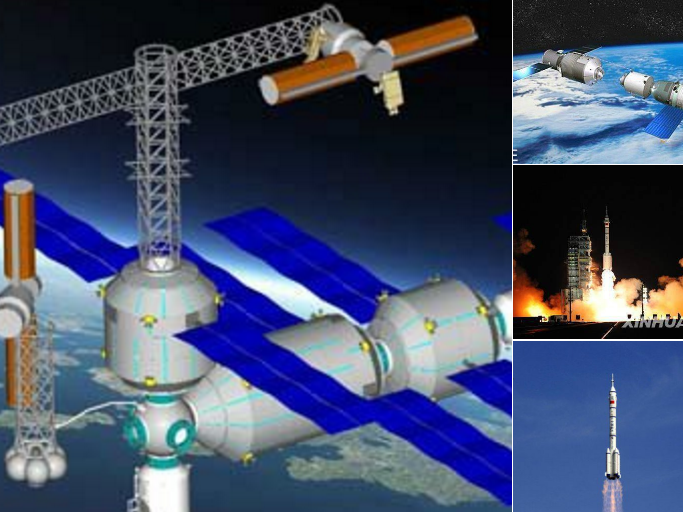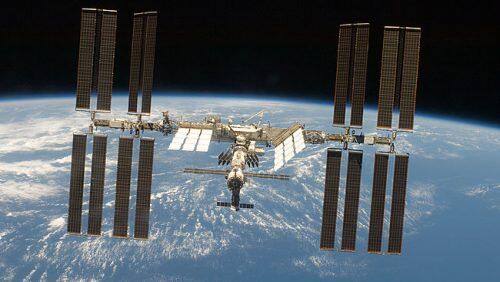On Thursday, China announced that they will launch the ‘core module’ of their upcoming space station around 2018 with completion of the station expected around 2022.
Xi Jinping, the president of China, said that advancing China’s space program is a priority for Beijing and the county wants to establish itself as a space power.
This would be the nation’s first station and would be completely separate from the International Space Station (ISS).
According to Reuters, “China has been moving to develop its space program for military, commercial and scientific purposes but is still playing catch-up to established space powers the United States and Russia.”
China to complete its first space station by 2022, as per China Aerospace Science and Technology Corp pic.twitter.com/uEr0GMWdk7
— CCTVNEWS (@cctvnews) April 21, 2016
The first piece of the station will be the core module and will be called “Tianhe-1,” which is Chinese for galaxy, or Milky Way. Currently, this piece is scheduled to launch around 2018.
Once the core module is in orbit, China will launch two additional modules that will connect with Tianhe-1 with completion expected in 2022.
This announcement came less than a month after China announced their plans to send probes to both Mars and the Moon.
The last manned mission to the Moon was on Dec. 7, 1972 when the last Apollo mission explored the lunar surface.
Once complete, this new space station will join the ISS as a habitual space outpost in low Earth orbit. However, the ISS may not remain in service much past 2022.
Originally, the ISS was scheduled to be retired in 2016, but its lifespan has been extended multiple times and is currently expected to be retired in 2024.
Once it is retired, it would leave this new Chinese space station as the only operational space habitat for humans.
That being said, there is the chance that the life of the ISS could be extended by a few more years, but that is dependent on funding, the cooperation of partner agencies and the overall heath of the station.
The International Space Station orbiting the Earth. (Photo/NASA)
It is still unclear what exactly will be done with the ISS once it is retired.
One option would be to use some of its pieces to construct a new space station.
A second option would be to de-orbit the station completely. In this scenario, the station would burn up in the Earth’s atmosphere with the debris likely landing in one of Earth’s oceans.
The most likely scenario is a combination of these two options where useful pieces of the ISS are used to cut costs of a future station while the rest of the station re-enters the Earth’s atmosphere.
Whatever the final outcome is, the United States is legally responsible for all of the pieces of the ISS that is has launched into orbit, according to the Outer Space Treaty.
The last space station launched by the United States was Skylab and eventually re-entered Earth’s atmosphere five years after it was put out of commission.
Whatever the final outcome may be, there are still several years for NASA and other space agencies around the world to make the final decision on the fate of the ISS.
Source: Accuweather , NASA












